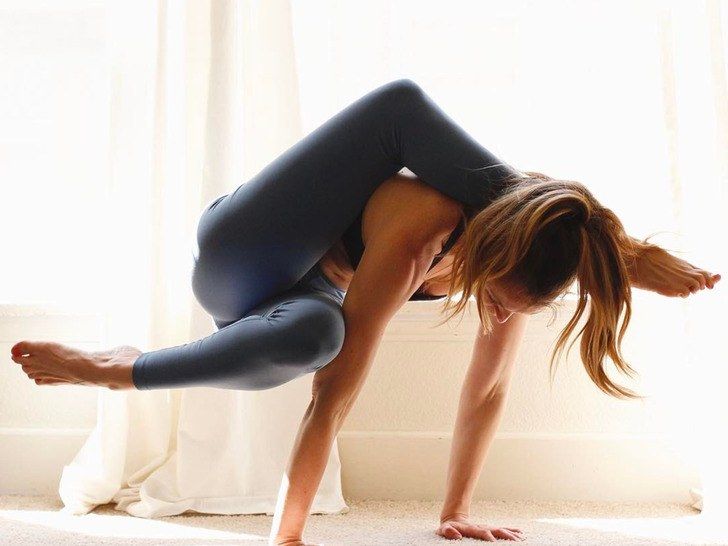Yoga is a process of making you better with each passing day. Why not try something out of the box for immense benefits?
Yoga is not only about stretching, bending, or folding into a pretzel, but we all love practicing advance yoga poses and tying into incredible knots. Needless to say, these poses are not for beginners as they require intense practice. The feeling of finally accomplishing the pose gives you the utter joy of victory. The success of these poses requires trust, confidence, and lots of practice.
It’s needless to say for practicing these advanced level yoga poses - you need an instructor by your side for a safe practice. As we all know, yoga in India is quite popular, as it was born there, and no other place in the world serves authentic knowledge of yoga than India. You may go for yoga teacher training in India to enhance your knowledge. If you’re a beginner, you must start with the 200 hour yoga teacher training program in India. You need to be extra careful with practicing these yoga poses at home. You must start slowly, know your limits, and enlist a well-qualified yoga instructor for helping you with progression. A quick tip never forces your body into such a position that causes pain. Here is the list of a few advance yoga poses you must try to experience the other side of yoga.
Garudasana (Eagle Pose)
This pose is named after Garuda – the king of birds, according to Hindu mythology. This pose is from vinyasa yoga – a standing pose works best when practiced in the morning. For deepening the pose, you can lean forward and touch your forearms into the thigh of the top leg. It may feel constricted, but once you have mastered the pose, your body feels like riding in the wind.
Benefits: This pose helps in balancing the body, strengthening the leg muscles, and lessening rheumatism and sciatica. The pose helps to loosen the legs and makes them flexible.
Dhanurasana (Bow Pose)
This pose resembles a stringed bow and that is how it got its name. It’s a good backbend and works well when practiced early morning. It is a vinyasa yoga asana. For deepening the pose, you must exhale and bend the shoulder on one side of the floor. Tug your foot on the opposite side and rollover on one side. Hold your ankles with the arms as the same stance as Dhanurasana.
Benefits: Bow Pose helps you overcome dizziness and lethargy. Helps in losing weight and cleanses the blood, treats diabetes, cures asthma, and aids in slipped disc. This pose also helps people with renal disorder, menstrual discomfort, adds flexibility to the back, and is a great stress buster.
Eka Pada Rajakapotasana (pigeon pose)
This pose resembles the stance of a pigeon. It is a vinyasa yoga asana. For deepening the pose, the forward leg must be in Ardha Virasana and the second one, your pelvis, and forward leg must resemble Hanumanasana.
Benefits: It helps to stimulate internal organs and cure urinary disorders. It helps in releasing undesirable energy and stretches the neck and shoulders.
Vrschikasana (scorpio pose)
The pose resembles the stance of the Scorpion. This extremely challenging pose belongs to the Ashtanga yoga asana. Once you’re comfortable doing Scorpion pose, you can deepen your practice doing a headstand instead of resting the forearms on the floor. You can try doing Locust scorpion pose by clapping the arms behind and touching the chin on the floor.
Benefits: Helps in improving focus and strengthens the arms, spine, and shoulders. It tones the abdominal muscles and increases stamina. It stretches and expands the chest, hip flexors, and shoulders. It is also a sort of cardio which elevates the heart rate.
Pincha Mayurasana (peacock pose)
This asana is named after peacock. This tough yoga pose belongs to the Ashtanga yoga asana. The forearm stand helps in making back more stable, and you can deepen the pose with practice as you begin getting comfortable in this pose. Try not to use props and move away from the wall. It is advancement in itself.
Benefits: It improves arm strength and upper back. This pose gives a good stretch to your neck and helps in calming the brain, which results in relief from depression and stress. This pose improves concentration and balance.



*********020@gmail.com
I have never been in months. This is the work I've been anticipating for a long time snake game. I'd like to use this paper to finish a faculty assignment on the same subject as yours.